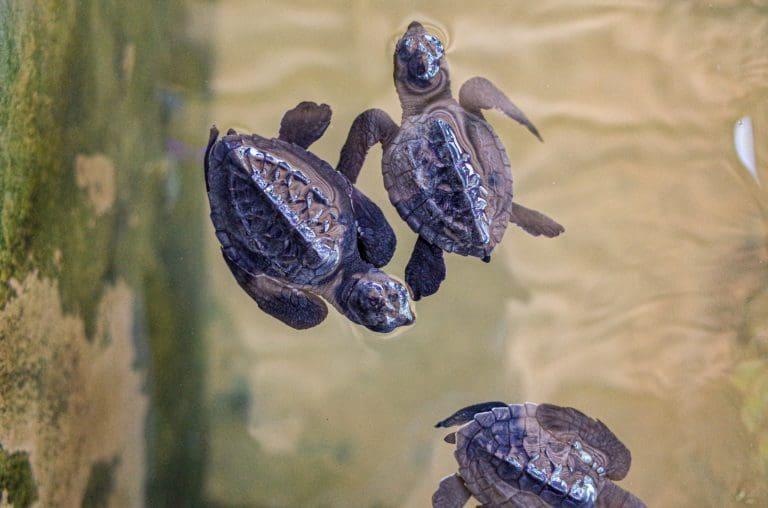
The Florida Fish and Wildlife Conservation Commission (FWC) lists its criteria to ensure that these locations meet the requirements of being a turtle-friendly installation.
Installing turtle-safe solar lights along the main beach pathways and sidewalks also meet the needs of pedestrians for walking safely in an otherwise dark area. Additionally, the savings from not having to trench for wires and pay electric bills and light pole rental month after month saves the city much-needed funds.
If you have a coastline project where nesting sea turtles need to be protected, contact us at Solar Lighting International and we will have our engineers on staff design a lighting layout for you.

The Florida Fish and Wildlife requirethat a Lamp/Bulb must produce only long wavelength light (560 nm or greater, which is amber, orange, or red) for lighting in areas where sea turtles lay their eggs. Solar Lighting International’s solar turtle lights produce a wavelength from 583nm- 595nm and meet Florida Fish and Wildlife requirements. See the report below.
© 2025. All rights reserved. The name Solar Lighting International® is a registered trademark. | Sitemap